Affiliate links on Android Authority may earn us a commission. Learn more.
Top 5 features of the Essential Phone
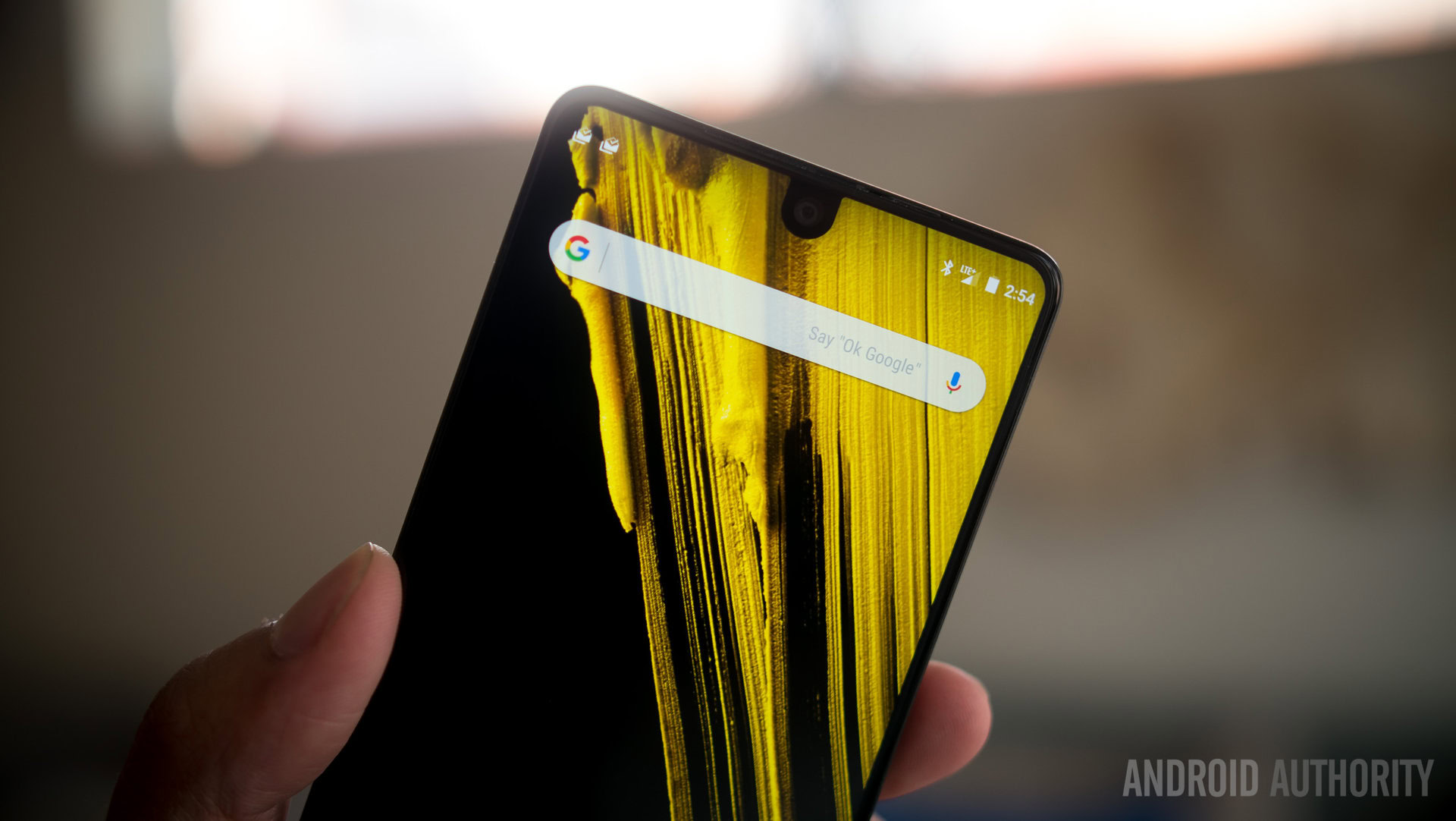
The Essential phone is here and it’s a hotly-anticipated device that has captured the mobile aficionados’ imagination since its announcement a few months ago. We initially expected it to be available within 30 days, but, a few delays later, the handset is up for pre-order and we have one here, but should you be excited by it?
We’ve spent the past few days with the Essential Phone. You can head over to our initial hands-on impressions to see what it has been like to use this device for a few days, but we also wanted to showcase a few features that make the Essential Phone truly stand out. Here are the top five features of Andy Rubin’s new phone!
Build and design

The first of these is the unique build and design of the Essential Phone. The version we have here is the “Moonblack” variant, which combines a titanium build with a glossy ceramic back. The glossy back does make this a fingerprint magnet, but the device definitely benefits from the unique titanium and ceramic combination. Over the past few days, the handset has survived a few accidental slips with no lasting marks or damage, which is testament to the build quality.

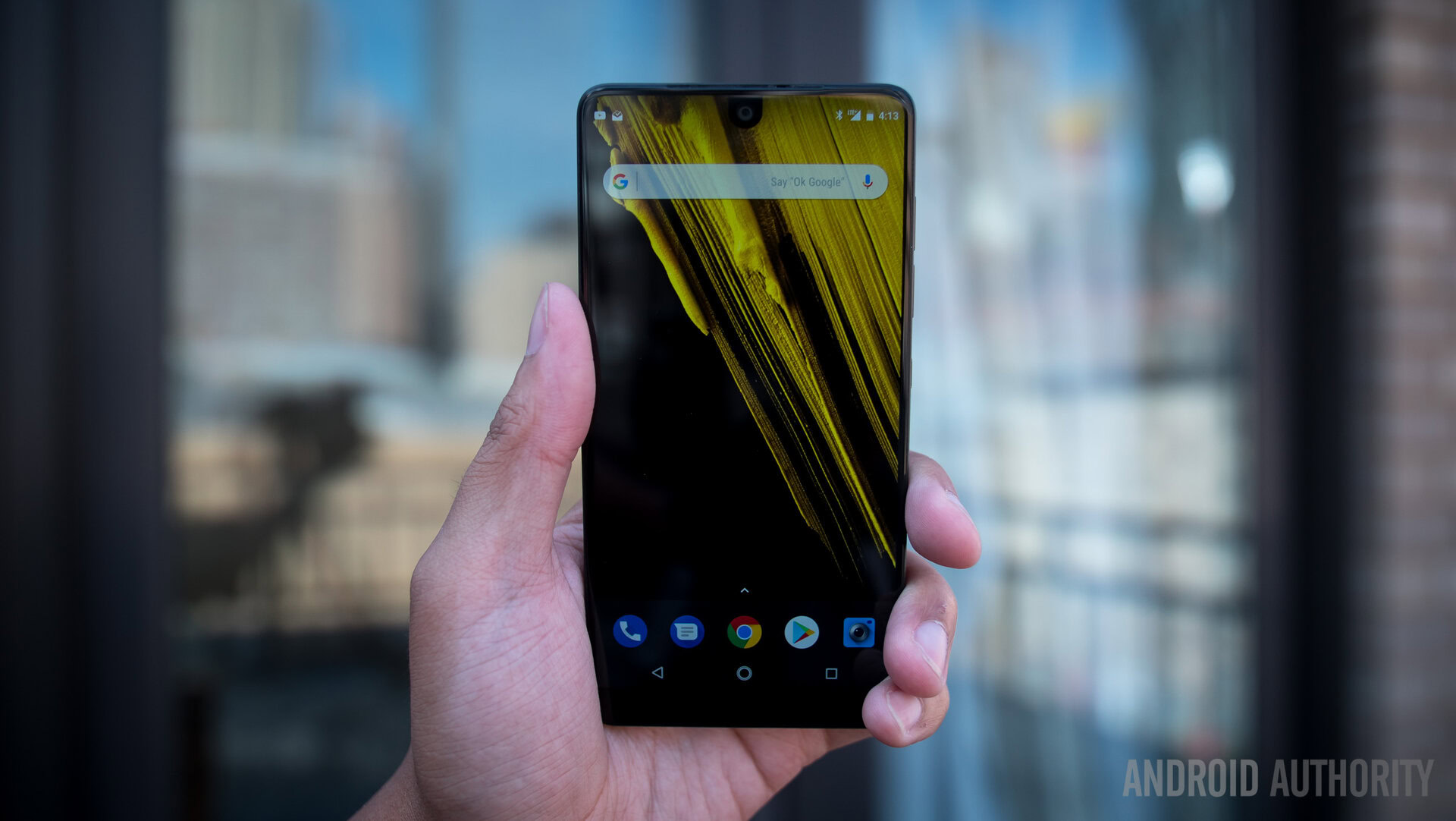
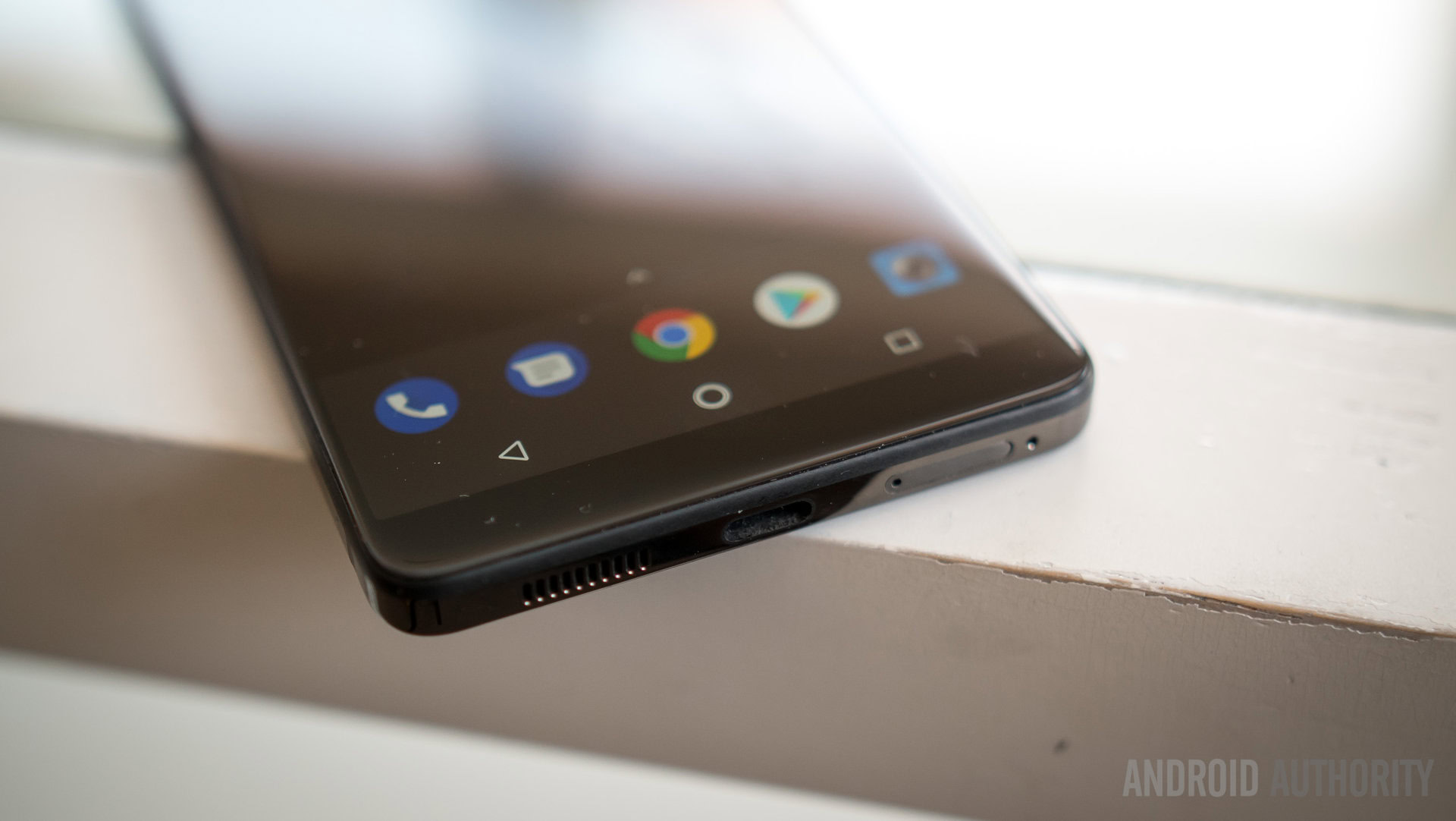
The design harks back to one of the most distinctive devices of 2016, the Xiaomi Mi Mix, and it’s easy to argue that the Essential Phone is an evolution of that design. As we touched on in our Xiaomi Mi Mix review, a smaller device could make the perfect device, and the Essential Phone is basically this. The flat sides and boxy design make this easy to handle; in the hand it doesn’t feel like it’ll slip about, although the ceramic back means it may slip off a uneven surface when left unattended.
Display
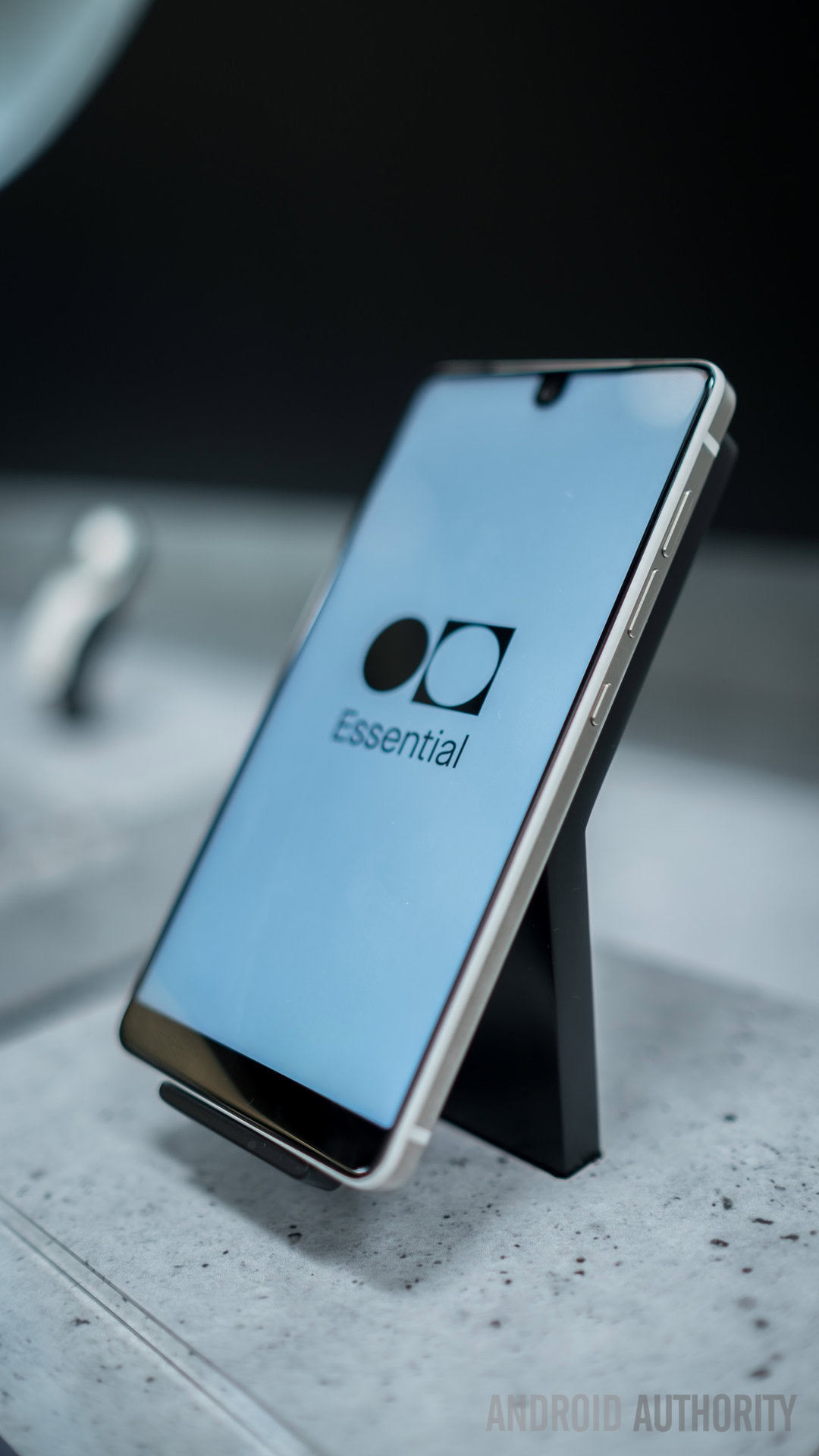
The Xiaomi Mi Mix was a great phone but a key problem of the design was the location of the front facing camera in the bottom chin of the phone. Thankfully, Essential took a vastly different approach and the result is a screen that truly stands out. The display, which is likely IPS but still to be confirmed, offers Quad HD resolution in a 19:10 aspect ratio and has a couple of quirks that make it really eye catching.
You are essentially holding a phone that is basically all screen, all the time
Aside from the little chin on the bottom of the device, you are essentially holding a phone that is basically all screen, all the time. At a Q&A session earlier this week, Andy Rubin confirmed that the ~85% screen-to-body ratio is the highest on a smartphone right now and the thin bezels on the sides and at the top definitely show Essential has maximised the screen real estate on the device.
The most eye-catching feature is the little contour at the top of the screen which houses the front facing camera and is essentially a little bit of a dip into the notification area. It’s a really nice look that differentiates this phone from any other out there. It also shows that a front facing camera isn’t an excuse for large bezels at the top of any smartphone. The little dip blends in the notification area in a way that makes it stand out but also blend in, and it’s a very clever design that makes full use of every pixel of available screen real estate.
Camera
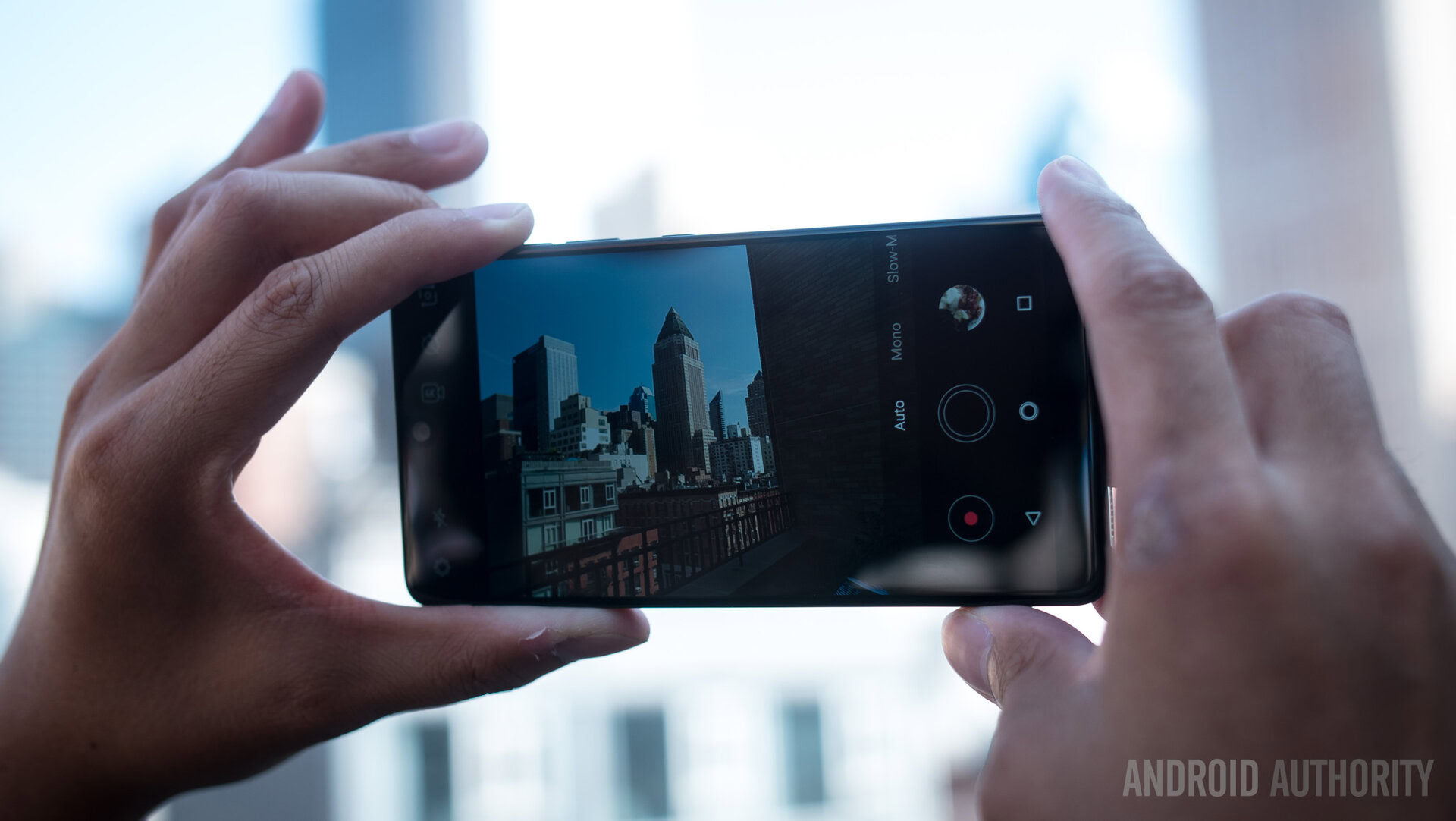
The front facing camera isn’t the only camera that stands out in the Essential phone, as the rear dual camera also aims to offer a flagship experience. Combining an RGB sensor with Monochrome sensor – like devices from HUAWEI and others – allows the Essential Phone to get the most detail out of any particular shot.
We love taking pictures as the lines are so detailed
Monochrome shots prove to be very detailed and we love taking pictures as the lines are so detailed, and there’s a lot of sharpness in all areas of the pictures. As it has a dedicated 13MP monochrome sensor, this allows the Essential Phone to take true black and white images. In comparison, devices such as the Galaxy S8 and OnePlus 5 apply a black and white filter to a color sensor, resulting in additional noise and a lack of clarity, at least compared to devices with a dedicated monochrome sensor.
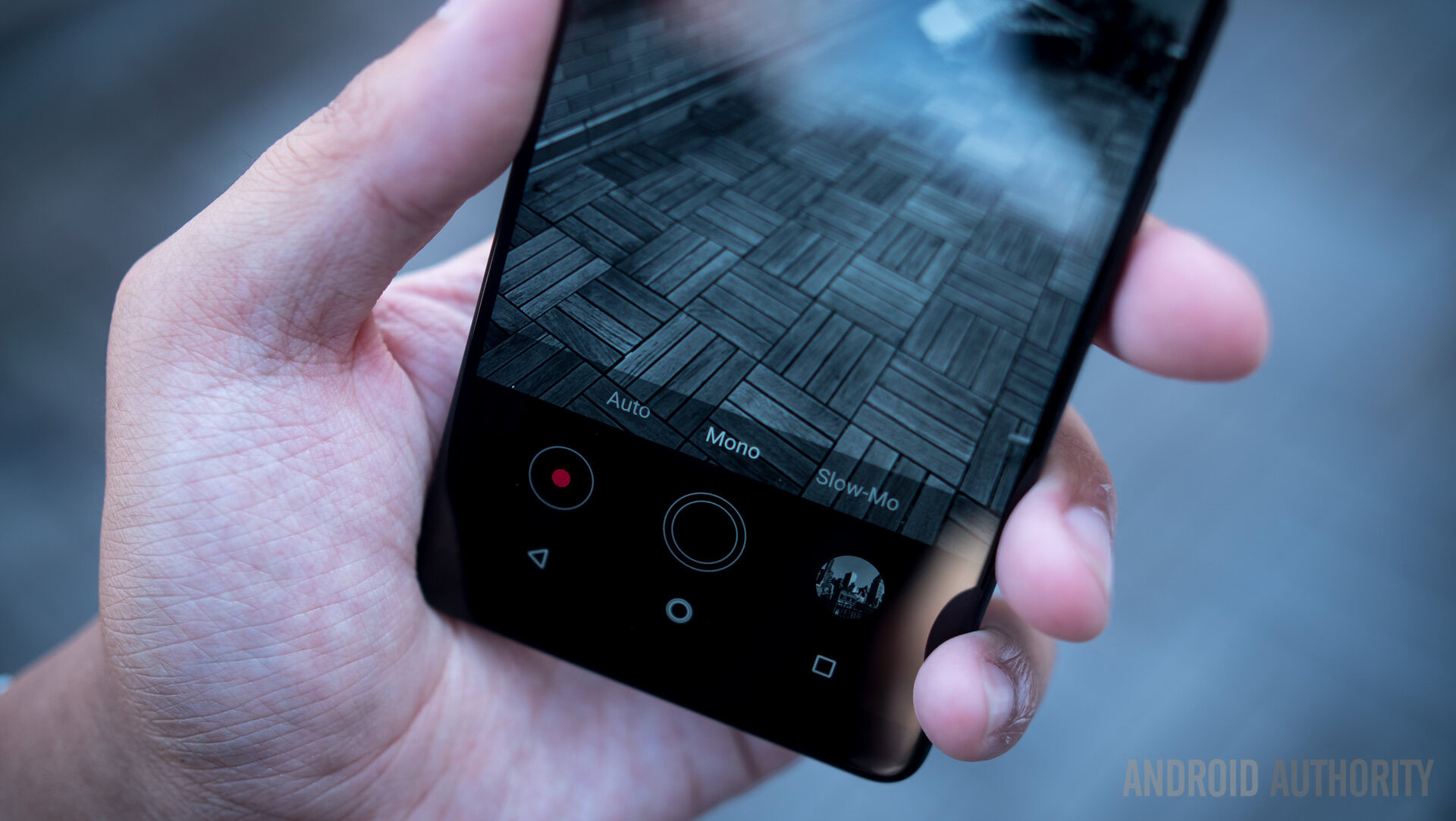
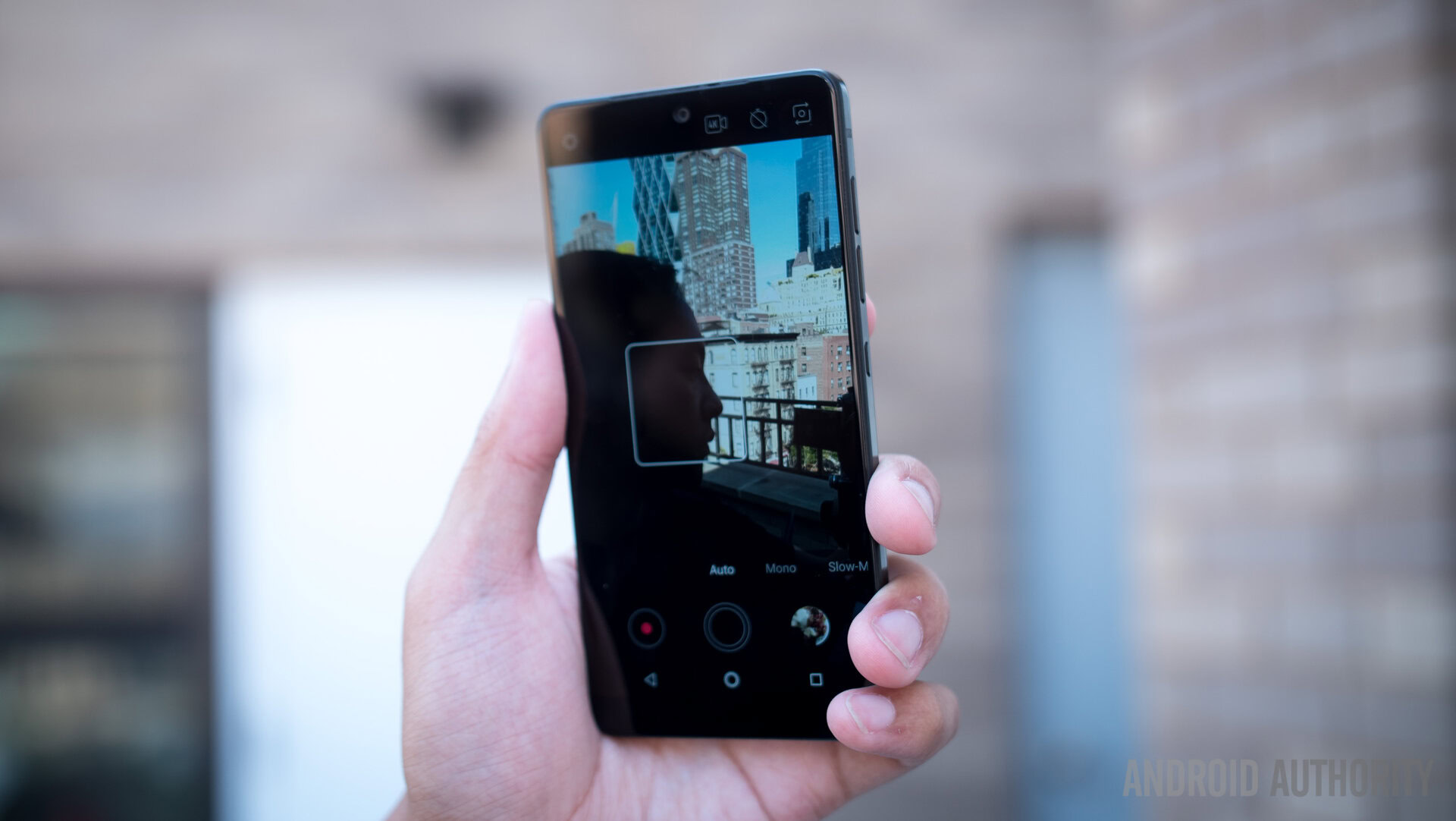
The color sensor is also a 13MP sensor and images seem to be vibrating with detail, although we’ll reserve our final verdict for our full review in a few days. The camera app is pretty simplistic which means average consumers will be able to pick up the phone and take pretty good photos. We do wish however that there was a manual mode, and that the camera had more options to allow you to truly customise your shot.
Expansion
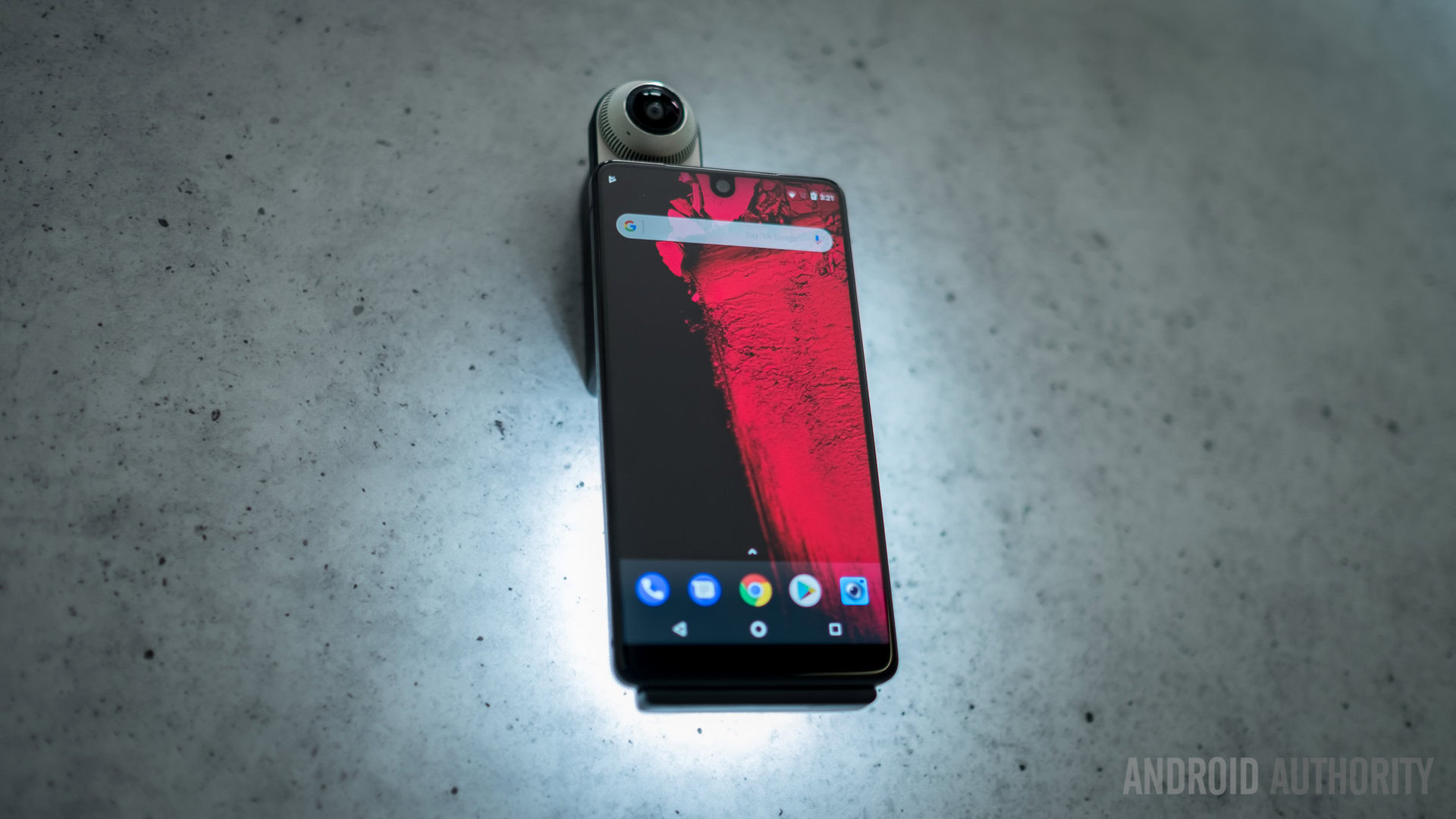
While you can use an alternative camera app, chances are you’ll use the default camera app, especially if you plan to make use of the wireless accessories. Right next to the camera you’ll find two connector pins which allow the Essential Phone to connect to wireless accessories such as the 360 camera.
The connector accessory seems to works as well as you’d hope
While we don’t have a 360 camera to hand to fully test, we did spend a short amount of time with it and the connector accessory seems to works as well as you’d hope. Traditional module connectors involve very linear connectivity patterns, such as attaching in only one direction but the Essential Phone connector ensures an accessory connects quickly and accurately every time.
The connectors themselves support data transfer and communicate directly with the phone. The result is a stack that allows Essential to customise the full experience and nowhere is this more apparent than with the 360 degree camera. The smallest 4K 360 camera on the market, it’s small enough to slip into your pocket. As soon as you connect it to the phone, it fires up the camera app and opens the various 360 degree options.
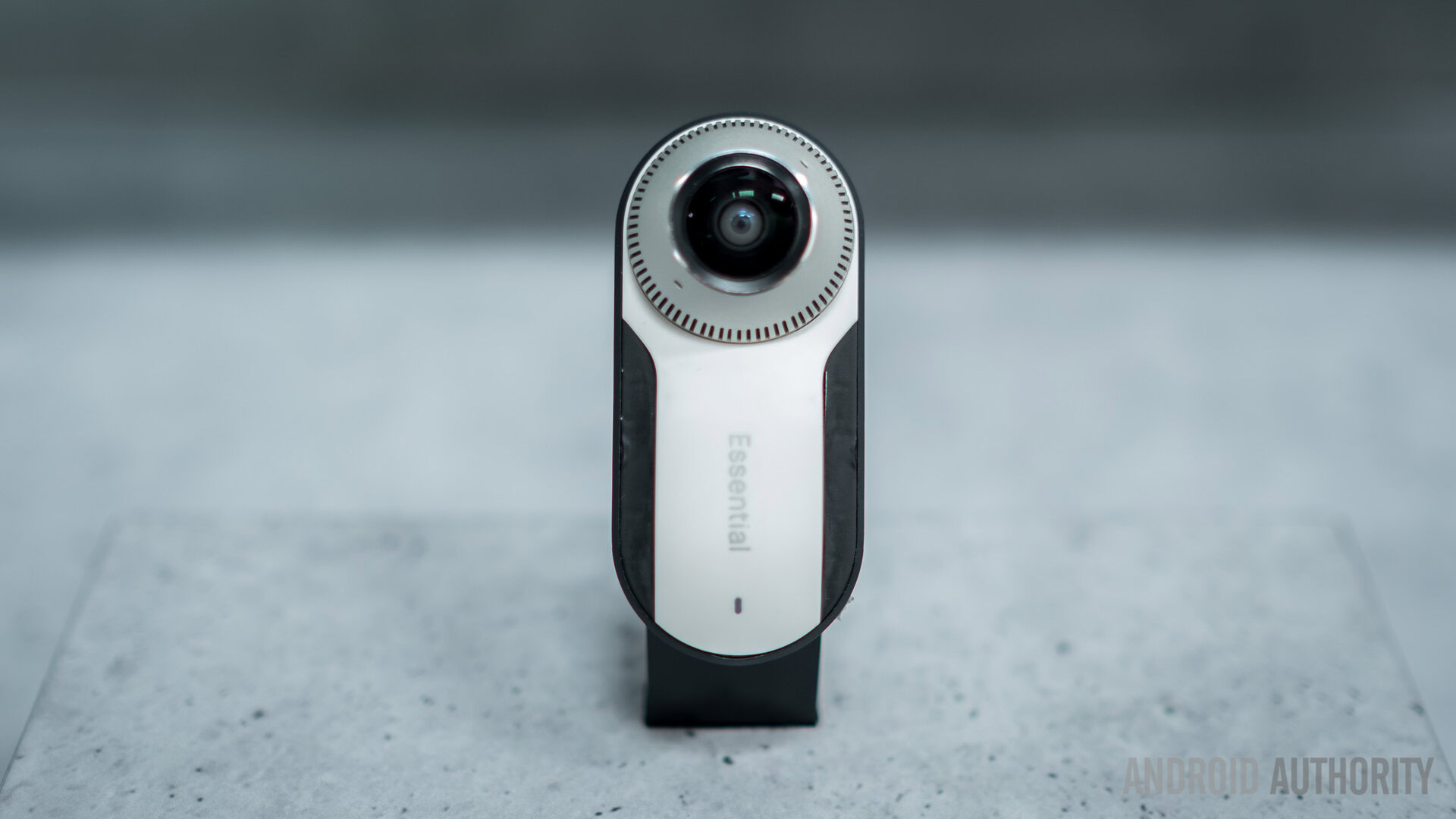
The camera doesn’t have its own battery, and to keep the size down, it relies on drawing power from your phone. The options are pretty straight forward – you can take a regular 360 photo or video, or you can live stream in 360 directly from the camera and phone. LTE+ connectivity ensures theoretical data throughput speeds of 600Mbps, which is what’s needed to be able to live-stream 4K 360 data. According to Essential, this is one of the reasons behind the choice of Sprint as exclusive carrier partner.
During our Q&A session at Essential’s HQ in Palo Alto earlier this year, we got to see how small the modules themselves are and the 360 camera uses a custom ISP to communicate with the device, as well as process captured footage directly on the camera. Images captured by the 360 camera look crisp, sharp and very natural, with very little warping or banding that is traditionally present on some 360 cameras.

The possibilities of the connector don’t stop there, with Essential planning other accessories, such as the Wireless Charging Dock, to launch in the coming weeks and months. Essential also plans to have even more accessories for the Essential Phone, and they’ve promised that future devices will also use the same connectors with backward compatibility for the current generation.
With a wireless connector, the possibilities are endless
During our Q&A, Andy Rubin talked about the choice of wireless connector over a physical connection – such as that used by the Moto Mods – and the principal reason behind going wireless was that it wasn’t as limiting. With physical connectors, you are stuck into a particular set of form factors to ensure backwards compatibility, but with a wireless connector, the possibilities are endless. Even if future devices take on a different design, you’ll be able to use the same accessories.
Software
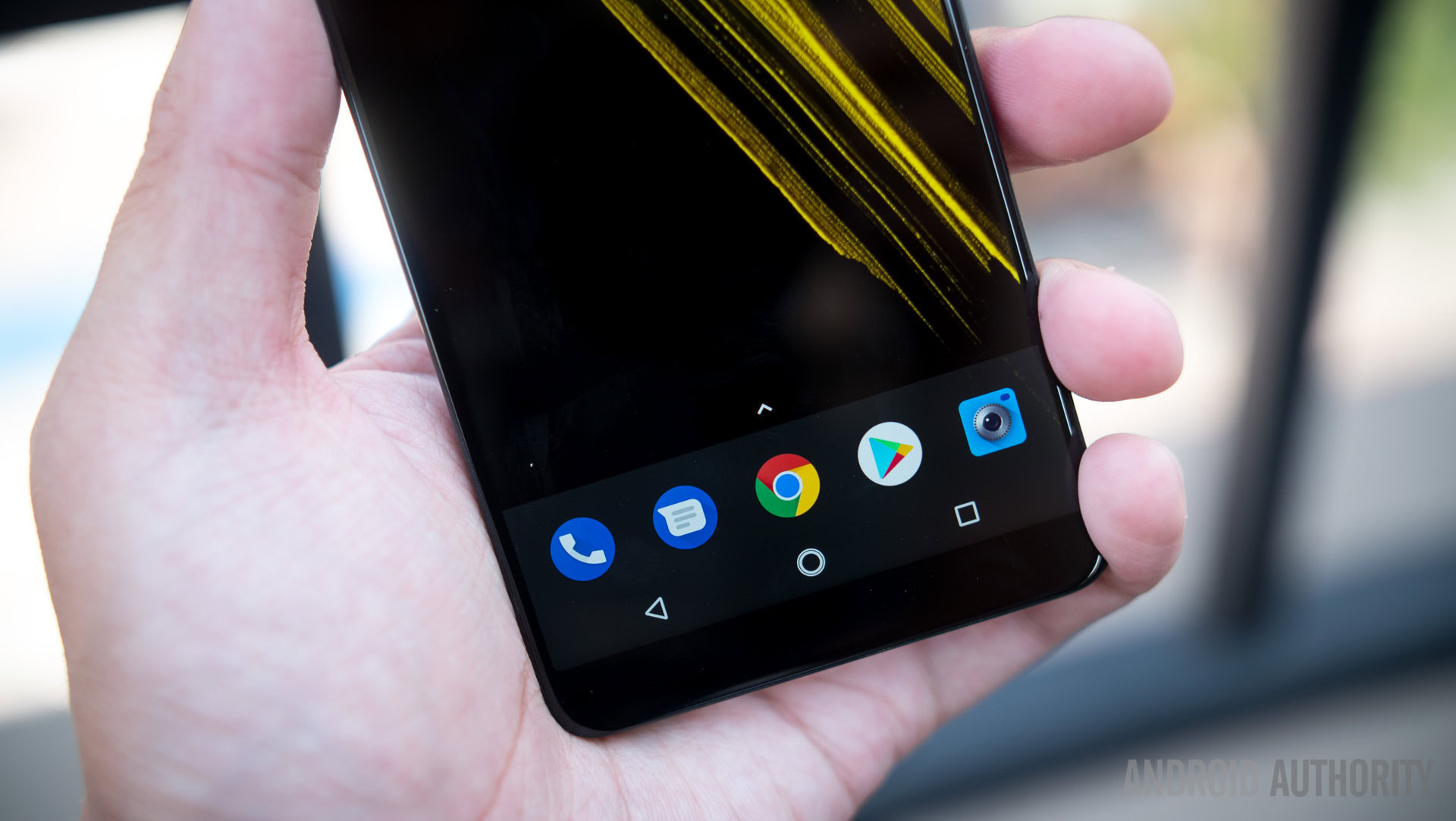
Indeed, the influence of Andy Rubin’s knowledge of the smartphone industry – and his time at Google – is wide-reaching throughout the Essential Phone experience. This includes the, well, essentials such as, of course, the software experience.
Rubin said that the Essential Phone was designed to give the consumer choices and that once you buy the phone, it should be yours. This is why there’s no branding on the phone and also why the software and hardware experience is very much on par with 2017 flagship devices.
On the software front, you have what is essentially a pure Android experience and one that is designed with the consumer in mind. Right out of the box, you only have a dozen preinstalled apps (including the ones baked into Android) and even putting a Sprint SIM card into the unlocked unit only downloads a couple of additional apps.
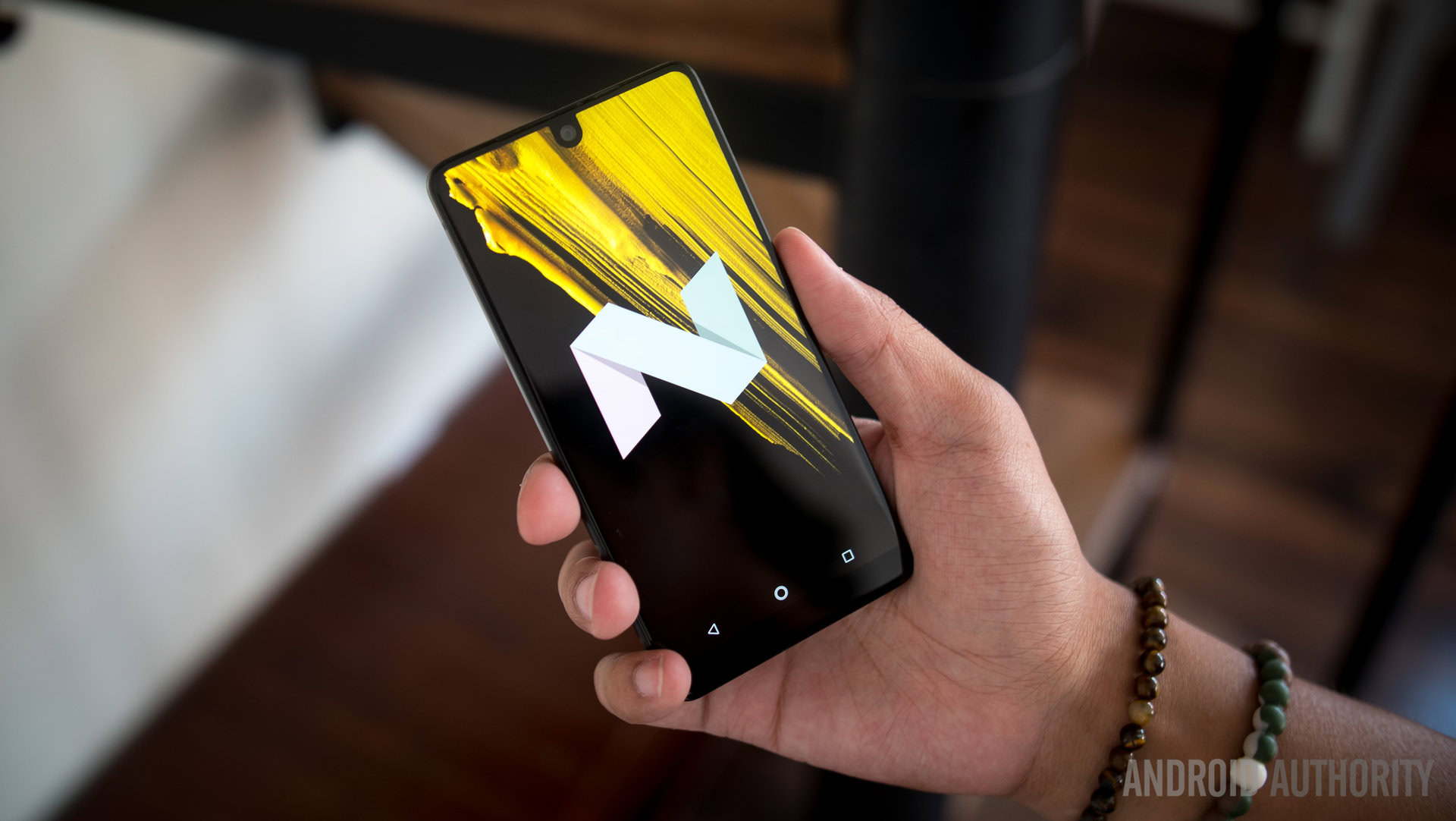
For all the Android purists, it’s interesting that we have a phone like the Essential that provides a stock Android experience, that can challenge the Pixels and Nexuses of the world. It’s likely a big feather in the cap for Essential and it could persuade many people to consider this new phone that’s now available to pre-order.
Redefining what «essential features» mean to general users
The Essential Phone is an incredibly interesting device, not only because of what it’s trying to introduce into the flagship game, but also because it feels like they’re trying to redefine what “essential features” mean to general users. Of course, a few days isn’t enough to truly explore this unique handset and we’ll be exploring it in full detail in our upcoming review.
Don’t miss: Hands-on with the Essential Phone
In the meantime, what do you think of the Essential Phone and do you plan to buy one? What’s your favorite feature? Let us know your views in the comments below!